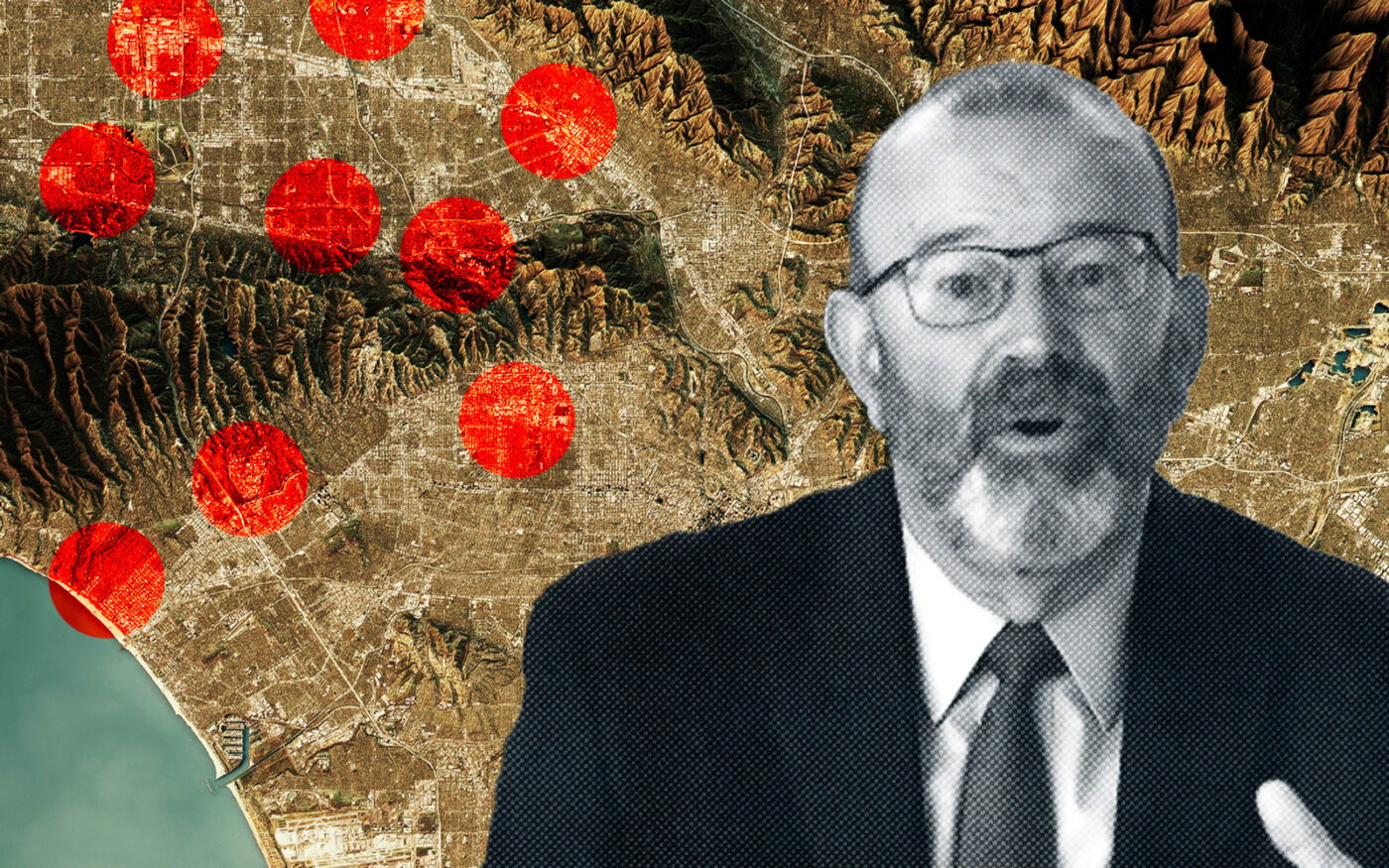A flood of non-renewal notices for home insurance policies from State Farm will hit upscale neighborhoods from Calabasas to Bel-Air, while leaving others relatively unscathed.
Illinois-based State Farm General Insurance has released new details of its non-renewals announced last month for 30,000 property insurance and 42,000 commercial apartment policies across the state, KTLA5 reported, citing a new filing with the state.
The numbers suggest the insurance giant has taken aim at several high-priced ZIP Codes in Los Angeles, while sparing others.
State Farm, the state’s largest insurer in 2022, said the move would impact 2 percent of its total policies in California and was made to ensure “long-term sustainability.”
The 42,000 apartment non-renewals represent a complete withdrawal from the commercial apartment market in California. The other 30,000 non-renewals would impact homeowners, rental dwellings and other property insurance policies, according to State Farm.
The new filing with the California Department of Insurance shows where the nonrenewals will be concentrated, with State Farm saying it wouldn’t renew policies “that present the most substantial wildfire or fire following earthquake hazards, or that are in areas of significant concentration.”
In areas such as the Hollywood Hills, Rolling Hills Estates and Duarte, less than 1 percent of policies won’t be renewed.
But in other areas, more than half of policyholders would be impacted.
In Brentwood’s 90049, State Farm won’t renew policies for 61.5 percent of its 2,114 policyholders, according to the filing. In Bel-Air’s 90077, the non-renewed policies rise to 67.4 percent, with Pacific Palisades’ 90272 hitting 69.4 percent, or 1,626 policyholders.
In Beverly Hills’ 90210, 46.1 percent of policyholders won’t be renewed, comparable to 46.9 percent of Malibu’s 90265.
San Fernando Valley communities were also impacted, including 60.4 percent of State Farm policyholders in Calabasas, 50.4 percent of those in Tarzana, and 40.1 percent in Encino, according to the filing.
Customers affected by the decision will retain coverage until their current contract is up. The company said those impacted will be notified between July 3 and Aug. 20.
“This decision was not made lightly and only after careful analysis of State Farm General’s financial health, which continues to be impacted by inflation, catastrophe exposure, reinsurance costs and the limitations of working within decades-old insurance regulations,” the company said in a statement.
“State Farm General takes seriously our responsibility to maintain adequate claims-paying capacity for our customers and to comply with applicable financial solvency laws. It is necessary to take these actions now,” the company said.
The company also said it will continue working with the Department of Insurance, Gov. Gavin Newsom and other policymakers as they pursue reforms “to establish an environment in which insurance rates are better aligned with risk.”
In February, the state’s Department of Insurance announced proposals to reform California’s insurance regulations. The new proposal would allow insurance companies to switch from using historical data to catastrophe modeling, meaning companies would calculate projections of future risk when raising rates and pass on the cost of reinsurance to consumers.
The new changes are expected to take effect at the end of the year.
Last year, State Farm announced it would stop accepting new insurance applications for all business and personal property in California. Since then, other insurance companies, including Allstate, have announced similar changes.
This comes as California’s property insurer of last resort told lawmakers that it’s financially unprepared to cover the costs of a major catastrophe in the state. The plan now faces $311 billion in potential losses, up from $50 billion six years ago, California FAIR Plan President Victoria Roach said in a state legislative hearing.
— Dana Bartholomew
Read more



